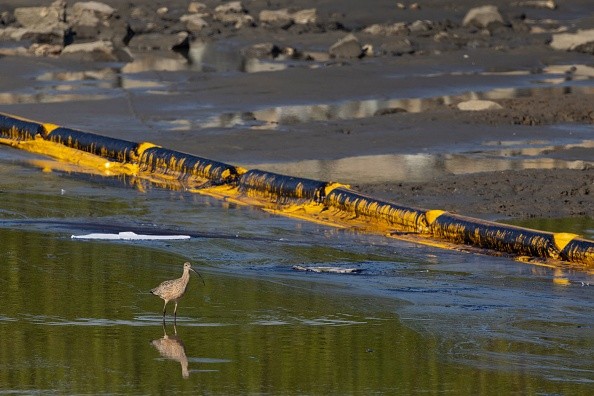Researchers found that coastal water pollution transfers to the air in sea spray aerosol. This can reach people across the land and can be affected by bacteria, viruses, and chemical compounds from the ocean.

Coastal Water Pollution Transfers to Air
About 13 billion gallons of polluted water entered the ocean through the Tijuana River in California since December last year. Through this alarming amount of water that enters the ocean, The Guardian reported that Scripps Institution of Oceanography researchers from the University of California San Diego started to conduct a study regarding the effect of this.
Atmospheric Chemistry Chair, Professor, and Lead Researcher Kim Prather stated that the study showed up to three-quarters of the bacteria that we breathe in at Imperial Beach are coming from the aerosolization of raw sewage in the surf zone.
Prather added that this has been a waterborne problem ever since. Researchers were bothered that several people have been worried to swim and surf in the polluted ocean but never worried about breathing in it. Especially that this study revealed that aerosols tend to reach people even over long distances.
Interesting Engineering reported that coastal aerosols at Imperial Beach and water from the Tijuana River between January and May 2019 were then collected and analyzed. Researchers were able to link bacteria and chemical compounds through the use of DNA sequencing and mass spectrometry.
Bacteria and Chemicals
These aerosols were found to contain bacteria and chemicals originating from the Tijuana River. As of the moment, the whole research team is conducting follow-up research as they attempt to detect viruses and other airborne pathogens.
However, the researchers noted that the sewage from sea spray aerosol does not automatically affect people's health. As per UC San Diego's Scripps, found bacteria and viruses are mostly harmless and it does not become airborne automatically.
Three different research groups collaborated in order for this study to be conducted. This includes the UC San Diego School of Medicine, Jacobs School of Engineering, and UC San Diego Skaggs of Pharmacy and Pharmaceutical Science. Research groups were each led by Prath, and researchers Rob Knight and Pieter Dorrestein.
Both of the research groups involved are affiliated with the Department of Pediatrics to conduct research between bacteria and chemicals in sea spray aerosol with the sewage in the Tijuana River.
Also Read : UK's Environment Agency Plans to Increase its Civil Cap on Pollution Fines up to $240 Million
Meanwhile, infectivity, exposure levels, and other factors need further investigation through more studies. Lead Author Matthew Pendergraft stated that this is important for them to discover the level of risk of this kind of pollution. Conducting research would give further justification for groups and sectors to conduct clean-up drives for coastal waters.
Congressman Scott Peters (CA-50) secured additional funding in the Fiscal Year 2023 Omnibus Spending Bill for further investigation regarding the other factors of aerosolization, including its pollutants and pathogens, travel time of reaching people, and potential consequences for public health.
Related Article : NASA Warns Rising Sea Levels Could Flood US Coastal Cities by 2050

![Apple Watch Series 10 [GPS 42mm]](https://d.techtimes.com/en/full/453899/apple-watch-series-10-gps-42mm.jpg?w=184&h=103&f=9fb3c2ea2db928c663d1d2eadbcb3e52)



